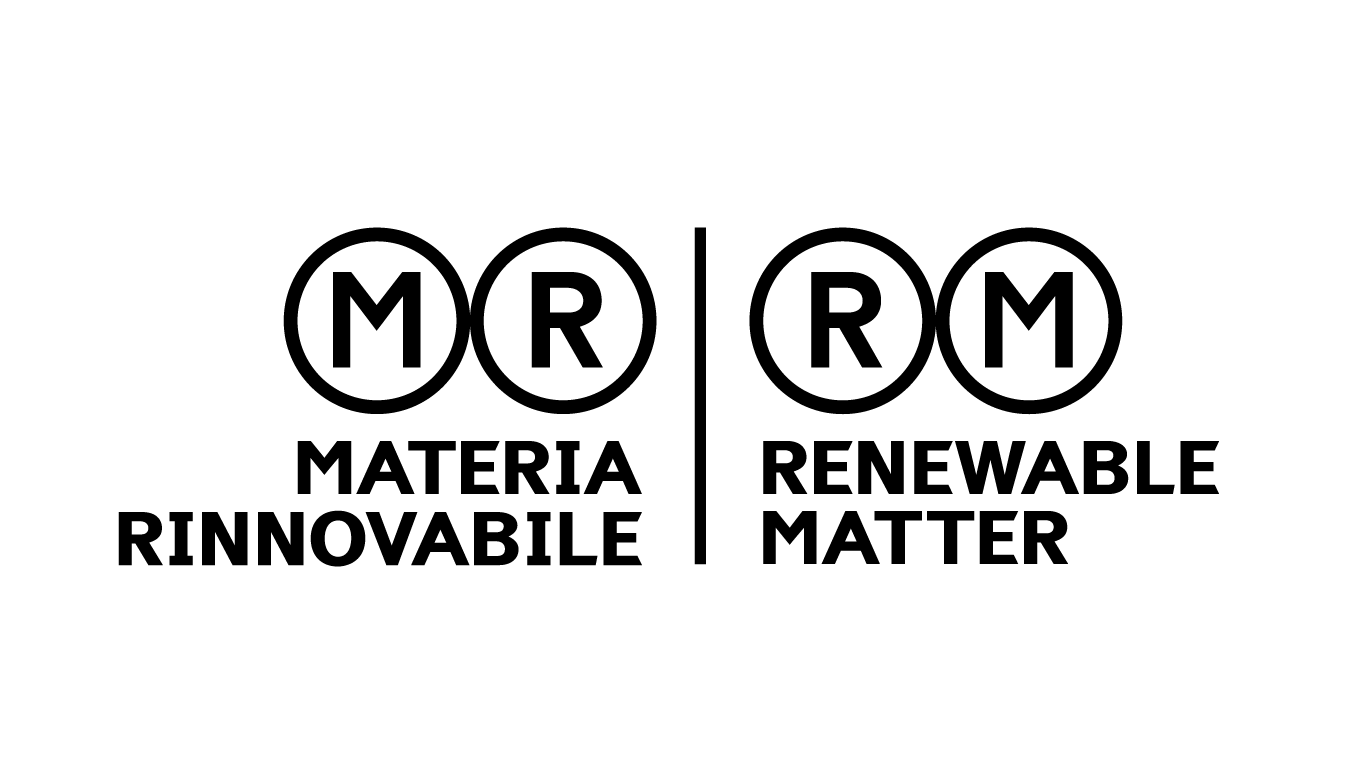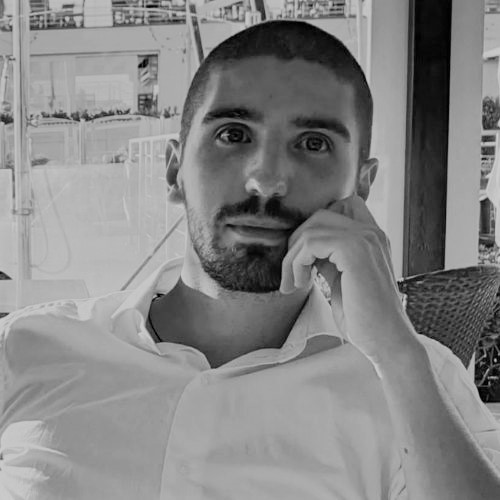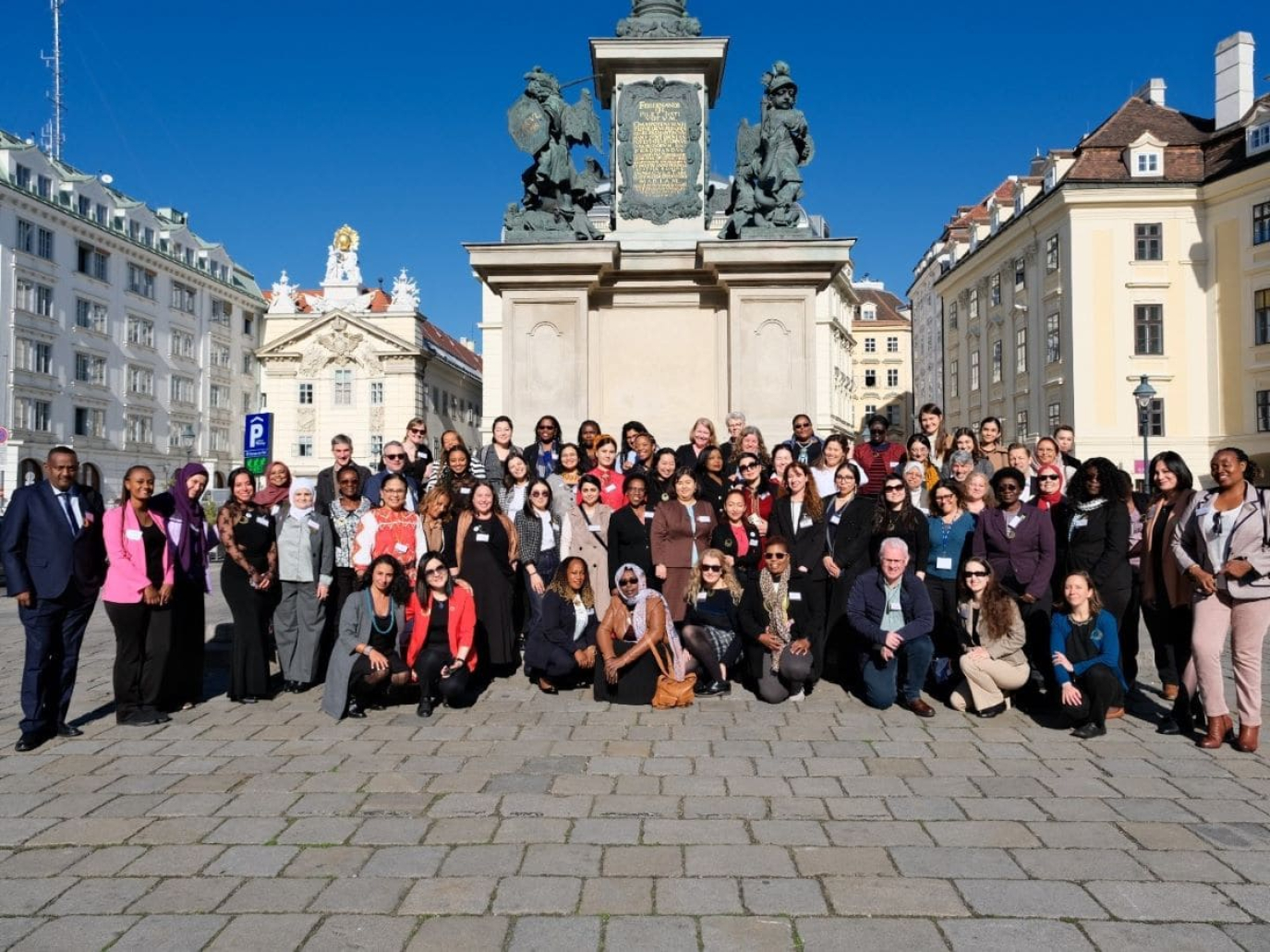
For much of modern history, water diplomacy has been a predominantly male domain. From engineers, hydrologists, and agronomists designing irrigation systems to the “hydro-bureaucrats” managing transboundary rivers, the field has long been defined by technical expertise and framed as neutral and apolitical, yet overwhelmingly male-dominated.
Even today, as highlighted in the chapter Gender Mainstreaming and Gender Transformative Approaches: Assessing Progress and Potential in Water Diplomacy in the Routledge Handbook of Water Diplomacy, the absence of sex-disaggregated data continues to obscure women’s actual participation in water governance, making it challenging to identify and address persistent gender gaps.
Opposing this legacy is the Women in Water Diplomacy Network (WWDN), a global initiative that began in the Nile region and has since expanded across Central Asia and beyond. By fostering knowledge exchange, supporting women professionals, and promoting data-driven approaches to inclusion, the network is reshaping the practice of water diplomacy and raising a crucial question: who is missing from the room?
We spoke with Elizabeth A. Koch, Principal at Bridging Waters Advisory and Process Support Team Lead of WWDN, about what meaningful participation and representation of women in water diplomacy look like in practice, the barriers that persist, and how women’s leadership can contribute to more equitable and durable solutions in water governance.
Koch, what does effective participation and representation of women in water diplomacy really mean in practice? How far are we today from achieving genuine gender balance in water negotiation processes?
The network emerged from a range of different approaches within these intersecting spaces, with the idea that we can learn from various thematic areas of expertise. We believe that the women-led approach of the Women, Peace and Security agenda [launched by UN Security Council Resolution 1325 in 2000] prioritises several ways to help people analyse and understand decision-making processes: what equitable distribution of rights looks like for different actors in a national or regional context, how resources are allocated to support different communities, and what levels of representation exist. Within the Women in Water Diplomacy Network, we advocate for improvements such as the use of sex-disaggregated data to better understand the different engagement priorities across our communities — from decision-making levels, like the number of experts involved in the COP dialogues and the UNFCCC COP process. There is something called a gender tracker, which helps us assess how we are doing in terms of representation in that process.
Is there a similar mechanism for the UN Water Conference?
No. It would be incredibly useful, strategically speaking, if the water community prioritised investing in this kind of data collection. Topics of rights, resources, and representation cut across many dimensions of water diplomacy – from who participates in negotiations, to which issues are discussed, to how the public is engaged in these processes. One of the questions we always ask is: who is not in the room? Who is missing? That kind of reflection helps inform our decision-making, fill gaps, and proactively engage communities that are not yet at the table.
Why is this so important?
Because the outcomes of these dialogues tend to last longer and are less likely to relapse — especially in areas facing water challenges or conflict sensitivity. There is a strong overlap here with what we can learn from colleagues working in conflict analysis, preventive approaches, and post-conflict sustainable development. We know that results are more durable when decision-making includes diverse perspectives. Many of the regions where we work are volatile or prone to relapse, so anything we can do to prevent renewed conflict is crucial. One key step is ensuring that women are deeply involved in peacebuilding and development processes, including those related to water.
What are the main barriers that still prevent women from taking an active and influential role in water diplomacy?
Women across our global community face numerous sociocultural barriers, and for those working as water professionals, there are some additional, specific challenges. Of course, some obstacles apply to everyone — such as political issues related to visas, travel, or the formal recognition of expertise. Financing is another major barrier: many of our members struggle to secure the resources needed to actively contribute their knowledge in key regional or international water dialogues. Language also poses a significant challenge, since much of this dialogue takes place in several languages. This becomes a barrier for those who are deeply committed to sharing their knowledge in their own language but lack the tools to make that knowledge accessible to others. Then there are digital obstacles: it is striking how different online access can be. For me, sitting in Brooklyn, connectivity is stable; but for others, frequent electrical shortages and poor internet infrastructure seriously affect their ability to participate in crucial discussions.
Can some of these barriers also be seen as opportunities?
Many of these challenges can be directly and specifically addressed. When people talk about improving gender equality, they often mention mainstreaming – changing the broader institutional context, which is indeed very important. But there is also a complementary approach that should not be overlooked: directly targeting the people we want to bring into the room. That means providing them with the resources they need to engage and enabling meaningful dialogue to take place. In our case, the community includes several hundred women water diplomats from all around the world. I would have to check the exact number, but I believe it to be around 250 today — and we are in the process of updating the data for the end of the year.
The next UN World Water Development Report will be dedicated to Gender and Water – what do you think of this choice? Do you believe this focus can change how governments and international agencies approach water governance?
It is encouraging that this topic has become a central theme in several major forums. The report is often tied to a specific subject that many key conferences and dialogues then take up. This year, gender and inclusion, more broadly defined, will be the focus of the upcoming report, set to be released in March. Many of our colleagues, peers, and experts we deeply respect have contributed directly to it, and I am very much looking forward to seeing the results. Of course, no single report on its own can bring about sweeping change. Right now, we are witnessing significant political shifts that are reshaping the way multilateral cooperation works. The prioritisation of multilateralism – and gender equality within it – is under pressure. There are major regressions and policy changes that, in many forums, are deprioritising gender equality. That is the reason it is especially important that next year’s WWDR focuses on gender equality. It offers a chance to push back against these regressions and to challenge ourselves to communicate more effectively why inclusion is essential to achieving sustainable outcomes.
The gender data gap in water monitoring is a growing concern – how does it affect policy decisions and outcomes? Where should funding and political will come from to help close this gap?
Researchers have found that women tend to prioritise issues affecting communities and youth, and that when women participate in peace agreements, the likelihood of including gender-sensitive language and topics relevant to women increases. It is often surprising to see that critical issues such as sanitation and hygiene rarely make it to the decision-making tables of high-level political water dialogues — even though they directly affect millions of people. What this shows is that water challenges are present across all parts of our societies, yet the water issues prioritised by political elites do not always reflect the needs of the communities they are meant to serve. Women’s involvement alone does not solve every problem, but it contributes to building an enabling environment; one where a critical mass of diverse perspectives is included in water-related decision-making. When the Women in Water Diplomacy Network was founded in 2017, research already showed that there were essentially two main pathways into the field of water diplomacy: one through international relations and foreign policy, and another through water management and engineering. Both educational and professional tracks have historically been dominated by men. This is changing, but it takes time to build a critical mass of new perspectives in the room.
Cover: Women in Water Diplomacy Network's 2024 Global Network Forum, Vienna, Austria © Letizia Zuliani/ OSCE



